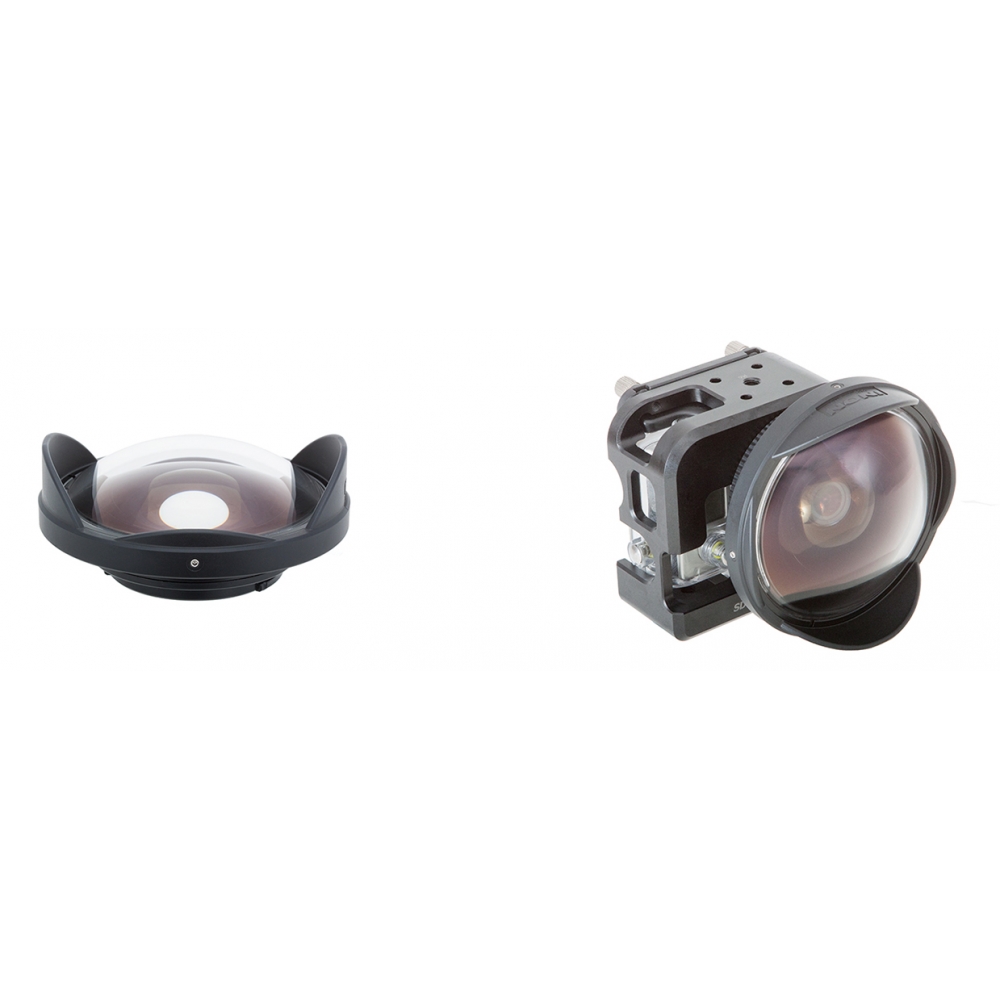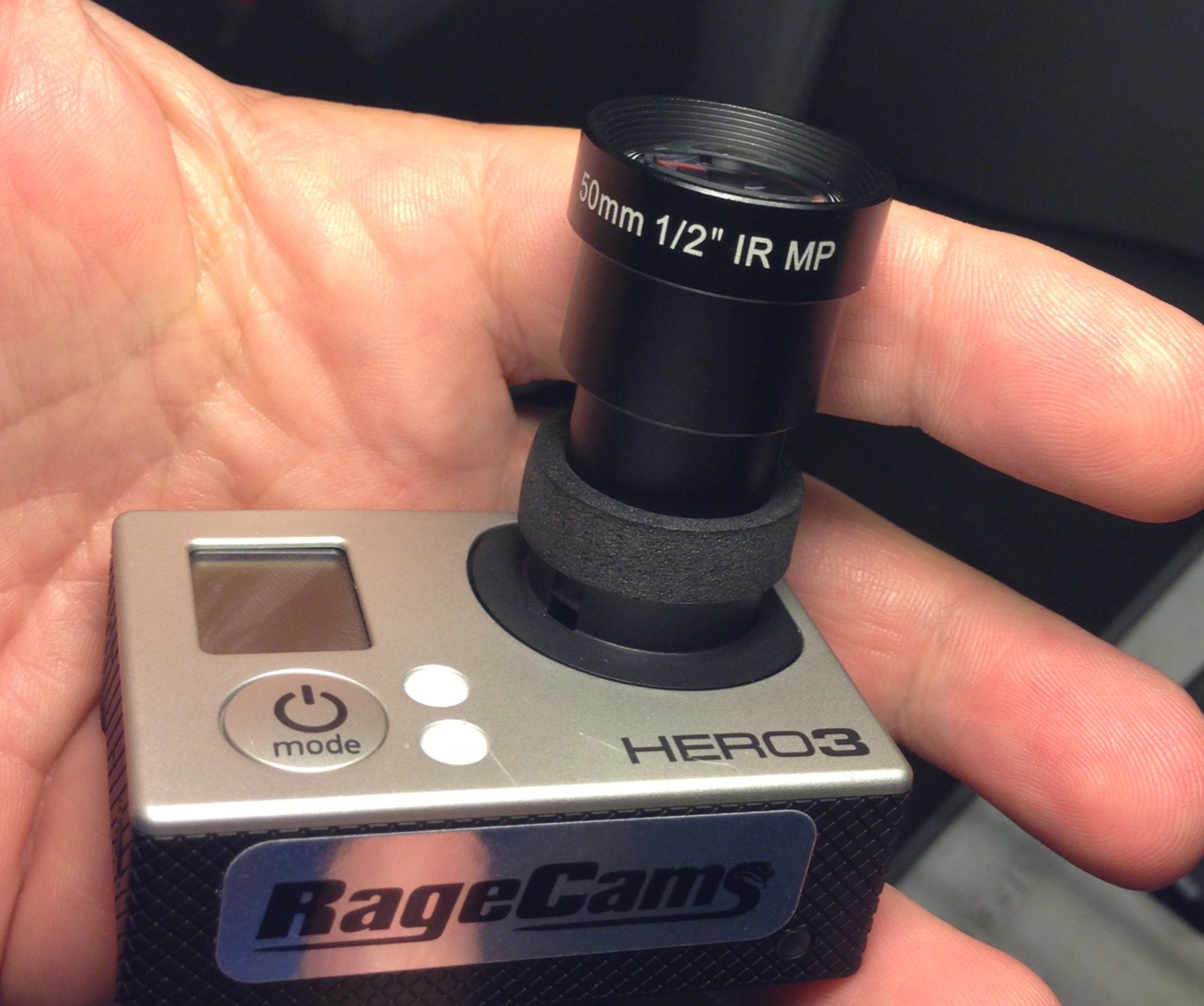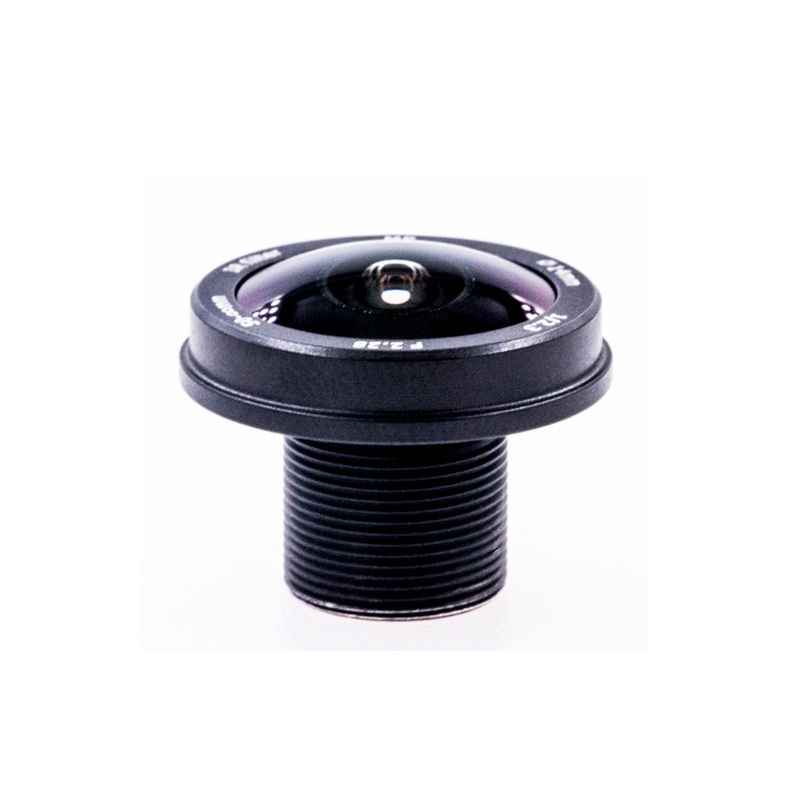

I first decided to conduct a rough (non-scientific) test to try and estimate the Fusion lenses FOV. We know the Fusion produces images with a larger width (3104) than height (3000) so the raw FOV is non-linear.
#GOPRO FISHEYE LENS FULL#
In the case of full fisheye circular images (what the Fusion produces), the FOV can be linear (horizontal FOV = vertical FOV) or non linear. GoPro themselves mentions the FOV of each lens is greater than 180 degrees. In my test images I can see part of the mount below the camera, so FOV must be closer to 180.Įven without seeing a test photo, for a true 360 (without guessing missing pixels), the front and back lenses need an FOV of at least 180 degrees, as mentioned above. You can see FOV is reported in the metadata above as 117.1 deg – this is obviously incorrect. The Fusion captures a lot of data in the metadata of the raw fisheye frames. When putting both fisheyes (front and back) into the equirectangular space, these are the areas of duplicate pixels that need to be blended during stitching.īefore getting into stitching, we first need to establish the FOV of the GoPro Fusion. Again, this is because the 220 degree field of view captures more of the world.

When transformed to an equirectangular projection, you can see the squares of the fisheye go beyond the square edges of the 180 degree example. That’s because the 220 degree field of view captures more of the world. You can see there are more squares along each axis. Here’s the world mapped in a fisheye projection with a 220 degree field of view. This results in areas of overlap when creating a single image from both photos (assuming both fisheye lenses have the same field of view). Many 360 cameras use lenses with a field of view greater than 180 degrees. Image credit: Paul Bourke 220 degree field of view Looking at this transformation in a real photo. We’ve already covered projection types and why this happens previously ( here). Note how the distortion of the horizontal is almost zero, whilst distortion along the vertical (y) axis increase as you move away from the center. It makes sense that it occupies half of a spherical (equirectangular) projection, which captures the entire visible universe from a single position (2 x 180 degrees = 360 degrees).īelow shows the fisheye grid mapped in the equirectangular space Here’s the world mapped in a fisheye with a 180 degree horizontal and vertical FOV. 180 degree field of view (horizontal and vertical) The FOV is vital during stitching of the front and back images as it defines how much of the two images will overlap (duplicate pixels). You’ll often here AOV used interchangeably with FOV.įor the remainder of this post I’ll use FOV, but what I am actually referring to AOV as shown in the above diagram. FOV: is a distance measurement (the distance of view captured)įOV and AOV can be calculated both horizontally (how far the lens can capture left and right) and vertically (up and down).AOV: is an angular measurement (the angle of view captured).Angle of view and field of viewĪngle of view (AOV) and field of view (FOV) are very similar. Now we know some of the fundamentals, this week, lets look at how we can merge the two fisheyes together into a single equirectangular projection. Last week I explained some of the theory behind fisheye images and what the GoPro Fusion fisheye images look like.

Preparing to create an equirectangular projection from two GoPro Fusion fisheye images.


 0 kommentar(er)
0 kommentar(er)
